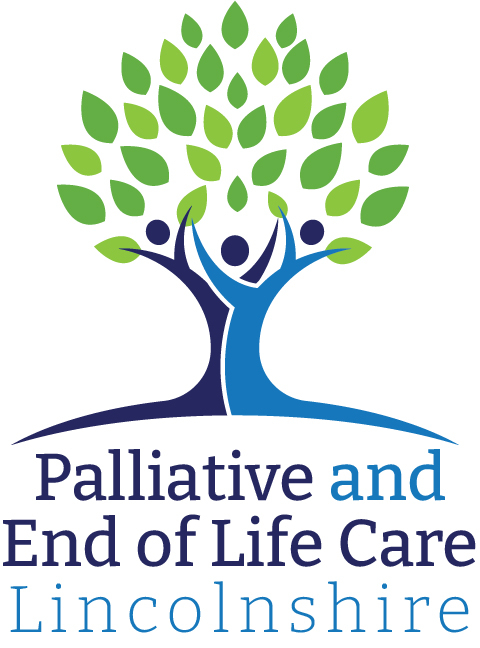
Care Homes
In this area you will find Information specific for care Homes
Carer subcut policy
The Lincolnshire Policy for Informal Carer’s Administration of As Required Subcutaneous Injections in Community Palliative Care – (carers) 4th December 2020 | Source: Lincolnshire NHS A local policy to allow informal carers to give injections to palliative care patients in the community date issued April 2020
Caring for the dying
CD forms
Sample forms, CD1 , CD2, CD3
Children's Community Services
Information on Children's services Teenage and Young People East Midlands Integrated Cancer Services and SEND Local Offer – Lincolnshire County Council
Clinical guide for supporting compassionate visiting arrangements for those receiving care at the end of life
This guidance is focused on supporting compassionate visiting arrangements for those receiving care at the end of life. It provides advice on how visiting at the end of life can be facilitated across a range of settings: healthcare inpatient settings (including mental health and learning disability); care homes; hospices and home. Please be aware that before this guidance was released, many settings have already implemented arrangements which may be under review.
Community Palliative, End of Life and Bereavement Care in the COVID-19 pandemic
This guidance is produced during the COVID-19 outbreak in order to support the care in the community of patients and those important to them, at the end of their lives or who are unwell as the result of COVID-19 or other life-limiting illnesses. Produced by Royal College of General Practitioners and the Association for Palliative Medicine. Many national organisations have also been consulted. This paper may change so there is also a link to the latest updates in the document and elsewhere on this website. 18 pages
Coping with Bereavement Toolkit in COVID-19
This is for managers and organisations. It is a short Power point from the Department of Health and Social Care that will download on to your device. It deals with how to support staff with working remotely. Whilst we know that the majority of individuals who contract coronavirus recover, our team members may be faced with the loss of life under very difficult circumstances - whether a family member or a colleague. This toolkit outlines advice and guidance on the steps to take if team members are suffering from a bereavement - you can find practical guidance on how you can best support individuals during a difficult time.
Dementia at end of life
Link to the Lincolnshire's Dementia website for all local services and information
Dementia Strategy
Lincolnshire Joint Strategy for Dementia Lincolnshire Joint Strategy for Dementia 2018 - 2021
